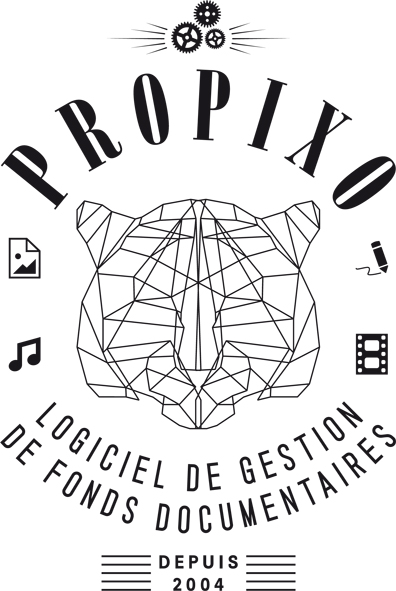
![]()
Through June 28, 2012 at the Hôtel de Région of Marseilles, you can see 194 pictures, the result of the work of 30 photographers from 12 countries bordering the Mediterranean.
The exhibition presented by the Région Provence-Alpes-Côte d’Azur revisits the events that began on December 17, 2010 at Sidi Bouzid in Tunisia where the young unemployed university graduate Mohamed Bouazizi’s desperate act of setting himself on fire tipped off the Tunisian revolution and would later lead to the murderous offensive of the Syrian army in Homs and the killings of Marie Colvin of the Sunday Times and Rémi Ochlik of IP3 Press.
The events in Egypt, Morocco, Libya, Yemen, Bahrein, Jordan and naturally Syria were not only covered by excellent photojournalists, but their pictures are accompanied with texts written by Jean Pierre Perrin, a senior reporter at Libération.
I arrived in Marseilles from Londe-les-Maures in the Var where I had just spent four heartwarming days with the grandchildren of harkis, children of harkis, harkis themselves, former soldiers and mothers from both sides of the Mediterranean.
France is currently preparing for presidential elections, but the French countryside is ringing with Algerian memories. Independant Algeria will turn 50 in July, as we celebrate the first anniversary of the Arab revolutions!
From independence to revolution
Exhibition curator Alain Mingam’s scrupulous selection of 194 pictures, chosen from tens of thousands of worthy candidates, required strict diplomacy and a serious knowledge in order to build the exhibition in this enormous, prestigious location.
Featuring a selection of photographic reportages and documentary films, the exhibition offers a chronological sequence of events from Tahrir Square in Cairo to the Bourguiba Avenue in Tunis to the shantytowns of Homs in Syria, to Bahrein and Saana in Yemen, where the thirst for freedom was felt.
In Marseilles, the presence of the first photographer killed in Tunisia Lucas Dolega’s girlfriend Nathalie Donnadieu and of his late friend Rémi Ochlik’s girlfriend Emilie Blachère (Rémi was recently killed in Homs), immersed me once again into the Syrian drama and its inhumane horrors. With this last winter point of view, the “Arab Spring” seemed particularly icy.
Among the invited guests, Hamiddedine Bouali, photographer and teacher in Tunis, brought Mediterranean warmth. “Here is an exhibition that meets my standards” commented this malicious little man and great photographer, a baseball cap on his head and a Nikon D7000 in his hand, always on the lookout. Telling German journalists studying in his revolutionary city “Have you ever seen a revolution started by the older generation?”
Youngsters, there were hundreds, maybe thousands in the exhibited pictures. Women too. Lots of women. From unknown heros, large format portraits, to the review from country to country of the different events, the visitor returns to a year of burning hope.
Behind the cry “Get Lost”, It is a system that is denounced and rejected by the demonstrators. Which is what this exhibition shows as it opens with two screens riveted to France 24 in French and Arab. It can be read like a book, with news opening to the Arab world.
If you can’t go to Marseilles, check out the official website, you won’t be disappointed.
Michel Puech
Practical Information
Free entry Monday to Saturday, 9am to 7pm
Exceptional closings on April 11, 12 and 13, 2012
Information 04 91 57 52 11Dernière révision le 2024/03/03 a 7:20
- « The Stringer »
« Trang Bang, j’ai toujours l’impression que c’est arrivé hier » par David Burnett - 19 décembre 2025 - « The Stringer »
L’enfer est pavé de bonnes intentions,
mais ça reste l’enfer ! - 4 décembre 2025 - Patrimoine photographique de Sygma
Un jugement hors du bon sens,
enterre un scandale ! - 28 novembre 2025








